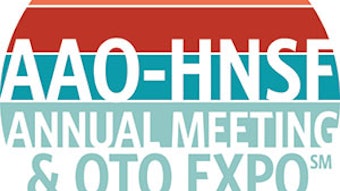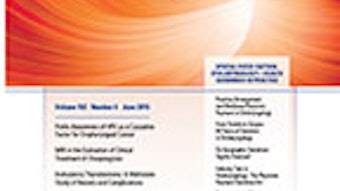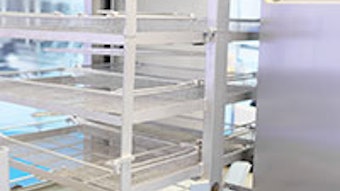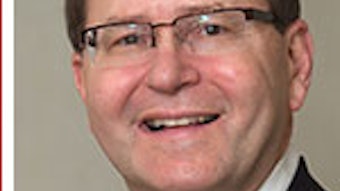Tech assessment of imaging for diagnosing rhinosinusitis
As Members may know, the Washington State Health Care Authority (HCA) paves the way for many public carrier policies across the country through its Health Technology Assessment (HTA) program. The HTA program was designed by the state to ensure medical services paid for by its state entities are safe and effective. This program has created a following with many other states entities looking to it when creating their own policies.
As Members may know, the Washington State Health Care Authority (HCA) paves the way for many public carrier policies across the country through its Health Technology Assessment (HTA) program. The HTA program was designed by the state to ensure medical services paid for by its state entities are safe and effective. This program has created a following with many other states entities looking to it when creating their own policies.
Generally, the Washington State HCA Health Technology Assessments are performed by researchers who have a clinical background and/or are trained in various research methods using information derived from clinical trials, case studies, published research, and various other materials. Each assessment traditionally results in a conclusion or rating about whether there is sufficient scientific evidence demonstrating that the health technology is safe, works as intended, and is cost effective.
Washington State HCA generally follows a five-step process when performing HTAs (www.hca.wa.gov/hta/Pages/tech_process.aspx):
- The Washington State HCA accepts nominations for existing or new technologies for review, and once or twice a year the nominated technologies are prioritized with roughly 10 selected for review.
- For the selected technologies, the Washington State HCA identifies questions and publishes draft and final key questions on its website.
- Submitted comments and supporting literature are reviewed by a contracted research firm. Subsequently, a draft and final technology assessment report are produced.
- Quarterly public meetings are organized by a committee of 11 local clinicians to determine under what circumstances state agencies should pay for the technology.
- The draft coverage decision is posted online with a two-week comment period prior to finalization.
Recently the Washington State HCA undertook the review of effectiveness of different imaging modalities in diagnosing acute rhinosinusitis. Although the Academy typically does not address state-related payer issues, the Physician Payment Policy Workgroup (3P) reviewed the initial assessment and determined Academy advocacy was appropriate. As such, the Academy’s Rhinology and Paranasal Sinus Disease and Imaging Committees both provided substantial input throughout the entire health technology assessment process on behalf of the Academy. Both committees provided input on Washington State HCA’s initial list of key questions that would provide the direction and scope of the overall technology assessment. From there the Washington State Health Care Authority produced a draft report, to which both Academy committees provided detailed input to ensure an accurate coverage decision would eventually be reached.
In part due to these efforts, the Washington State HCA recently published its final coverage decision that mirrors Academy recommendations on the topic (www.hca.wa.gov/hta/Documents/rhino_draft%20findings_decision_060215.pdf). Committee input was vital to this important outcome, which may influence various payers and state Medicaid coverage determination guidelines. The Academy issues a sincere thanks to both of these committees for their invaluable contributions.














